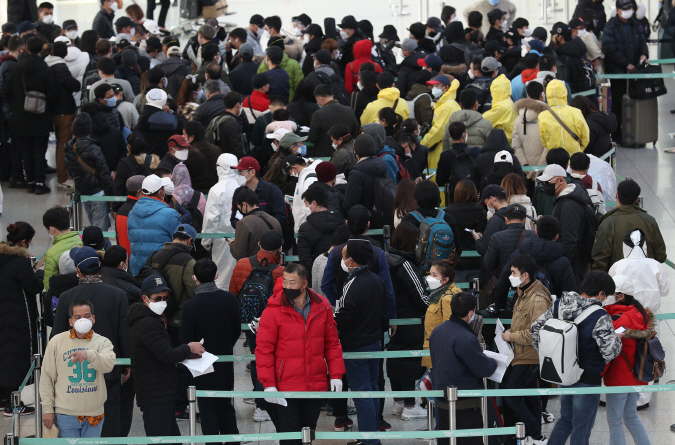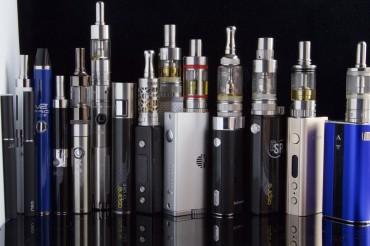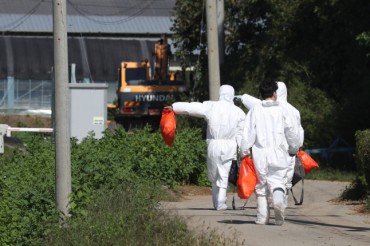SEOUL, Oct. 29 (Korea Bizwire) — The number of foreigners residing in South Korea exceeded 2.22 million as of November last year, marking an on-year increase of about 8 percent, government data showed Thursday.
According to the data released by the Ministry of the Interior and Safety, 2,216,612 foreigners were registered as residents nationwide, accounting for 4.3 percent of the nation’s entire population of 51,779,203.
The tally of foreign residents includes those who do not have South Korean nationality and have lived in South Korea for more than three months, naturalized South Koreans and their children.
The 2019 figure represented a rise of 7.9 percent, or 161,991 people, from 2,054,621 foreign residents tallied as of November 2018. The number of foreign residents here has steadily grown in recent decades, topping 1 million in 2009 and 2 million in 2018.
The proportion of foreign residents in the entire population had also steadily increased from 3.4 percent in 2016 to 3.6 percent in 2017 and 4 percent in 2018.
South Korea is seen as close to becoming a multicultural society, as the Organization for Economic Cooperation and Development classifies a nation as a multicultural and multiracial society if its percentage of foreign residents is in excess of 5 percent, the ministry said.
The 2019 foreign population, if compared with those of 17 metropolitan cities and provinces, would rank eighth, up one notch from ninth the previous year.
It is smaller than Daegu’s population of 2.43 million and bigger than South Chungcheong Province’s 2.19 million.
By status, foreign workers, Koreans with foreign nationality, marriage immigrants, students and others who do not have Korean nationality accounted for 80.3 percent, or 1,778,918, of the entire foreign population.
Children of foreign residents accounted for 11.4 percent, or 251,966, while naturalized South Koreans accounted for 8.4 percent, or 185,728.

This file photo taken on March 6, 2020, shows illegal foreign stayers standing in lines at Incheon International Airport, west of Seoul, to leave South Korea amid the COVID-19 outbreak. (Yonhap)
Compared with the previous year, those who do not have Korean nationality increased 7.7 percent, while naturalized Koreans and children of foreign residents grew 5 percent and 11.4 percent, respectively.
By nationality, Chinese nationals formed the largest group of foreign residents who do not have Korean nationality, accounting for 42.6 percent, followed by Vietnamese (11.1 percent), Thais (10.2 percent) and Americans (4.4 percent).
Korean Chinese accounted for the largest share of naturalized Koreans, at 46.3 percent, followed by Vietnamese (20.7 percent), Chinese (19 percent) and Filipinos (4.8 percent).
Gyeonggi Province, which surrounds Seoul, is home to the biggest number of foreign residents at 720,090, or 32.5 percent, trailed by Seoul (465,885 or 21 percent), South Gyeongsang Province (134,675 or 6.1 percent), Incheon (130,292 or 5.9 percent) and South Chungcheong Province (127,057 or 5.7 percent).
In other words, 59.4 percent of foreign residents live in the Seoul metropolitan area, the ministry noted.
By city, Ansan of Gyeonggi Province topped the list with 92,787 foreign residents, followed by three other Gyeonggi cities — Suwon (67,073), Hwaseong (65,040) and Siheung (59,634). In Seoul, the southwestern ward of Yeongdeungpo topped the list with 55,524.
The proportion of foreign residents was relatively high in South Chungcheong Province (5.8 percent), Gyeonggi Province (5.4 percent), Jeju Province (5.2 percent), Seoul (4.8 percent) and North Chungcheong Province (4.6 percent), it said.
(Yonhap)







